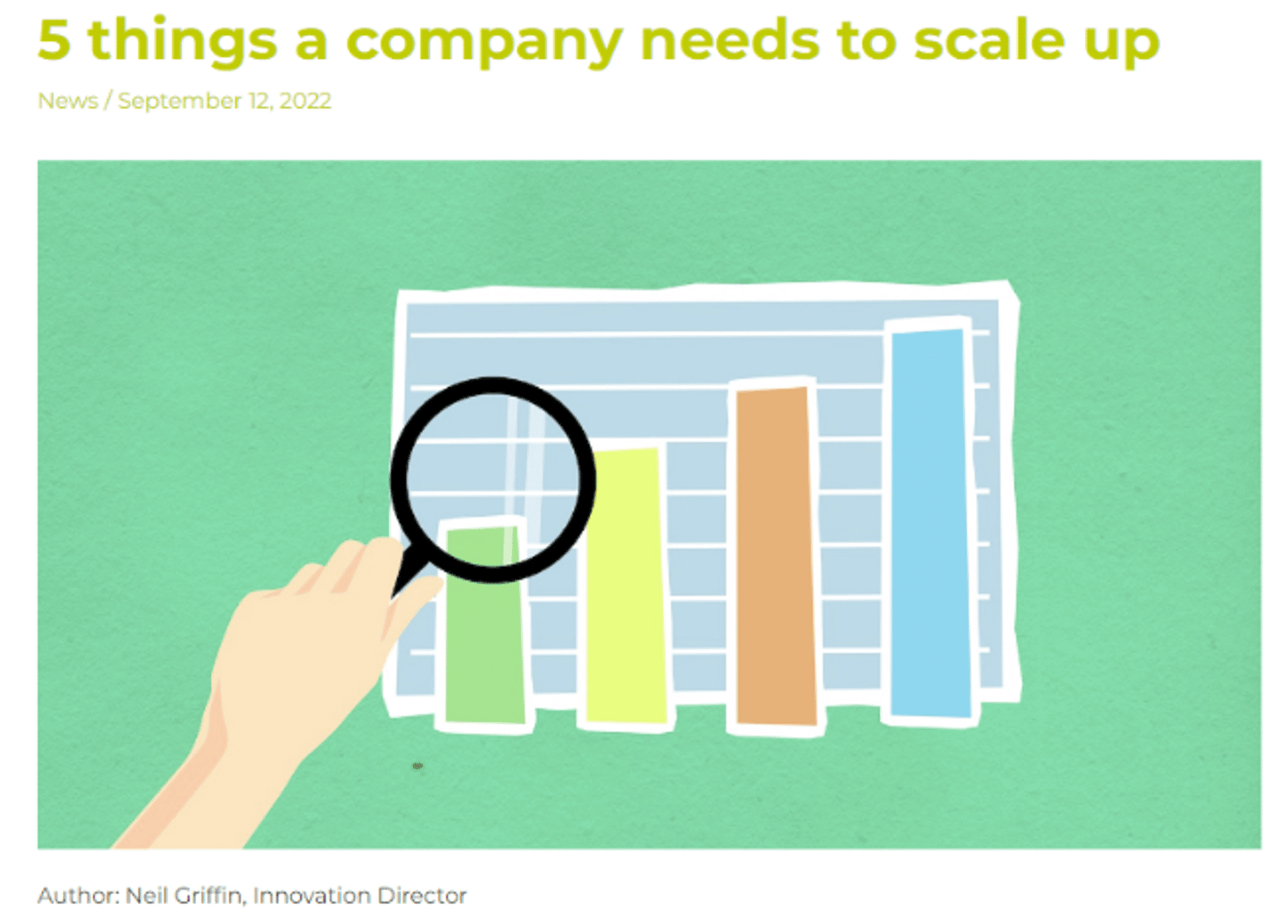Learn how to build authority and craft AI-ready answers with GEO (Generative Engine Optimization) — a must-know for B2B marketers.
This article tackles yet another emerging acronym in search marketing—GEO. And the strategies that B2B marketers need to be using now or risk being left behind as their prospects’ AI-led buying journeys rapidly evolve.
On this page:

First, let’s break down the acronym: Generative Engine Optimization.
(FWIW we’re hoping this acronym doesn’t stick around for long given that “geo” has a well-established use as the shortened form of “geography”, but we don’t always get to choose these things…)
What is Generative Engine Optimisation?
The AI overview for “generative engine optimization” tells us that it’s “a marketing strategy focused on making website content easily understood and utilised by AI-powered search engines and chatbots.”
In other words, GEO is SEO for AI.
While SEO optimises content for search engines, notably Google, GEO optimises content so that AI tools can understand, surface and cite that content.
So, what should B2B marketers do about GEO?
Focus on Authority and Answers.
Successful B2B marketers will be focused on building brand authority everywhere while creating content that directly answers specific user questions with technical depth backed with real data.
Let’s start with Authority
Brand authority is by no means new, but it is increasingly critical for a successful GEO (and SEO) strategy.
B2B marketers need to build a “spiderweb” of brand mentions across the internet, focused on ensuring their brand is associated with key solution areas everywhere possible (and relevant of course).
They key here is both a breadth of mentions and ensuring that your brand is mentioned in association with the solution or offering.
Some key tactics for building your authority web include the following: PR mentions, Business Profile optimisation, review or comparison sites, forums and directory listings, and backlinks.
Backlink strategies for SEO and GEO are very similar, with the notable difference for GEO being you won’t always need an actual link; building your brand equity on sites which are known sources for AI tools will help you appear even without the physical link.
And now for Answers
A great way to think about GEO is using the SEO principles of EEAT Excellence: demonstrating deep expertise through comprehensive content.
Focus on content that is structured to answer common, real life user queries, using question optimised pages with answers that come backed with data and statistics.
Specific on-page tactics include using page headers to ask questions, adding FAQ sections, add links back to your primary service pages (with clear calls to action), and leverage schema markup to help AI search tools understand your content.
How do you get started with GEO for B2B?
GEO, like SEO, is never truly finished—and embarking on a programme to deliver these strategies may feel daunting. Breaking your approach down into a few distinct phases is a great way to focus resources and make progress without feeling overwhelmed by the opportunities.
In the first foundational phase, we recommend looking at:
- adding schema mark up to key pages
- rearchitecting the hero, header content of those key pages to leverage question formats (assuming it doesn’t negatively impact the user journey or wider information architecture)
- adding FAQ sections
- including FAQ schema
In the second phase, focus on content expansion, creating question-focused landing pages and developing deeper technical content.
Consider creating or expanding your use case library—and if you have case studies, look at how they can structure the content to link back to a clear use case, with the customer challenge and your solution.
A third phase should focus on authority building, including systematic PR and backlink outreach, industry forum participation (e.g. Reddit), and review/comparison site optimisations.
Need more help with GEO?
- Check out our article on Preparing for AIOs and Agentic Search
- Subscribe to our newsletter to get the latest in B2B digital marketing delivered straight to your inbox—including our next blog on measuring GEO
- Or get in touch to speak with one of our B2B GEO/SEO experts
On this page:
Subscribe
Everything B2B Marketers Should Know about LinkedIn Content Creators
How you can transform your C-suite and employees into LinkedIn Content Creators—and why it’s a good idea.
GEO Best Practice: Authority and Answers
Learn how to build authority and craft AI-ready answers with GEO (Generative Engine Optimization) — a must-know for B2B marketers.
Preparing for AIOs and Agentic Search: Top Tips for B2B Marketers
AI is changing the world fast and SEO is no exception. Here’s how to start preparing for AIOs and agentic search now.



















